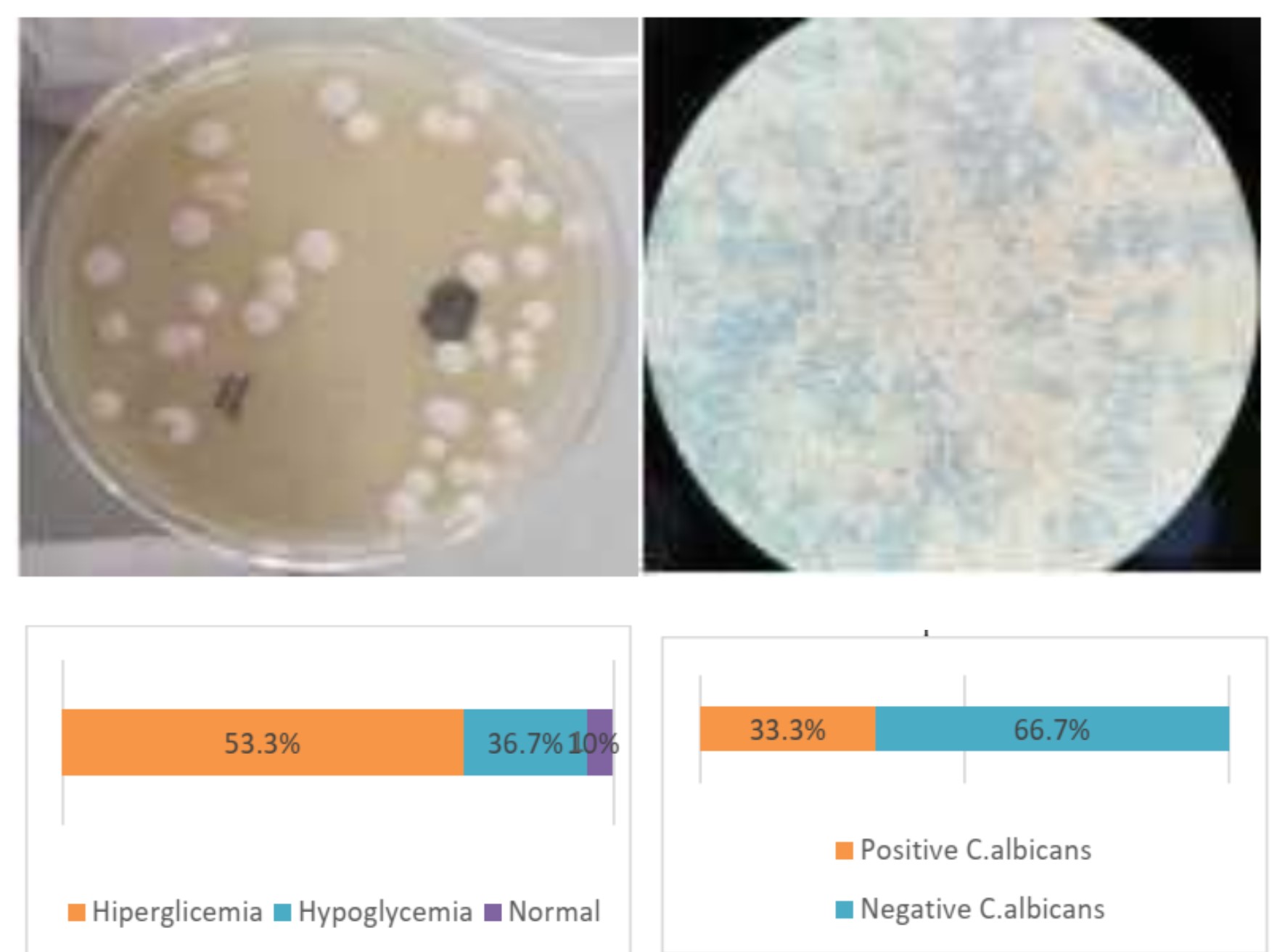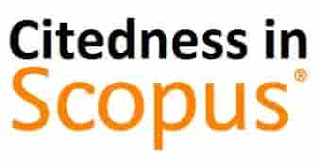Hyperglicemia as Predisposition Factor of Oral Candidiasis on patient with Diabetes Mellitus
Abstract
Diabetes mellitus is a disease characterized by hyperglycemia or an increase in blood glucose levels. The state of hyperglycemia is one of the supporting factors for oral candidiasis infection. The purpose of this study was to determine the correlation of hyperglycemia with the incidence of Candida albicans infection in patients with Diabetes mellitus. this study was conducted on 30 respondents. Blood glucose levels and Candida albicans culture were measured using the germ tube test method. Data analysis to see the correlation using the Chi-Square test obtained Sig. (0.015 0.00.050) and it can be stated there is a correlation between variables. From the results of data analysis, it can be concluded that there is a correlation between hyperglycemia and Candida albicans infection which causes oral candidiasis in DM patients.
References
Bhavan, P., Rajkumar, R. & Radhakrishan, S. (2010). Culture and Identification of Candida albicans from vaginal Ulcer and Sparation of enolase on SDS-PAGE. International Journal of Microbiology, pp. 84-93.
Darwazeh, A., Lamey P.J., Samarayanake L.P. & Macfarlane T.W. (1990). The relationship between colonisation, secretor status and in-vitro adhesion of Candida albicans to buccal ephitelial cells from diabetics. J. Med. Microbiol, Issue 33, pp. 43-49.
Dehghan, P., Mohammadi, F., Javaheri, M.R. & Neokian S. (2016). Identification od Candida species in the oral cavity of diabetic patients. Current Medical Mycology, 2(2), 0–0. doi:10.18869/acadpub.cmm.2.2.4
Hammad, M., Darwazeh, A. & Idrees, M. (2013). The effect of glycemic control on Candida colonization of the tongue and the subgingival plaque in patients with type 2 diabetes and periodontitis. Oral Surg. Oral Med. Oral Pathol. Oral Radiol, Issue 116, pp. 321-326.
Harina. (2002). Hubungan antara kadar glukosa saliva dengan jumlah koloni Candida albicans pada rongga mulut pada penderita Diabetes melitus. Journal of the Indonesian Dental Association, pp. 274-277.
Jayanti N.K.S. & Jirna I.N. (2018). Isolasi Candida albicans dari swab mukosa mulut penderita diabetes mellitus tipe 2. Jurnal Teknologi Laboratorium. 8(1), pp. 01-07.
Kadir, T., Pisiriciler R., Akyuz S., Yarat A., Ipbuler A., & Emekili N. (2002). Mycological and cytological examination of oral candidal carriage in diabetic patients and non diabetic contol subject: through analysis of local aetiologic and systemic factors. J Oral Rehabil, V(29), pp. 452-7.
Kuswadji. (2015). Ilmu Penyakit Kulit dan Kelamin. Jakarta: FKUI.
Nitzan, O., Elias, M., Chazan, B. & Saliba, W. (2015). Urinary tract infections in patients with type 2 diabetes melitus: review of prevalence, diagnosis and management. Diabetes Metab Syndr Obes, Issue 8, pp. 129-136.
Putri, N., Ramatri, D. & Sugiartati D. (2011). Uji in Vitro Anti Jamur Candida albicans dari minuman kemasan Yoghurt dan Kefir. Jurnal Ilmiah dan Teknologi Kedokteran Gigi, 8(1), pp. 36-40.
Ship, J. (2003). Diabetes and Oral health: an overview. J Am Dent Assoc, Issue 10, pp. 134-4S.
Taheri, M., Hajheydari, Z. & Hedayati, M. (2014). Evaluation of candidal colonization and spesific humoral responses against Candida albicans in patients with psoriasis. Int J Dermatol, 12(53), pp. 55-60.
Wilson, R. & Reeves, W. (1986). Neutrophil phagocytosis and killing in insulin-dependent diabetes. Clin. Exp. Immunol, Issue 63, pp. 478-484.























